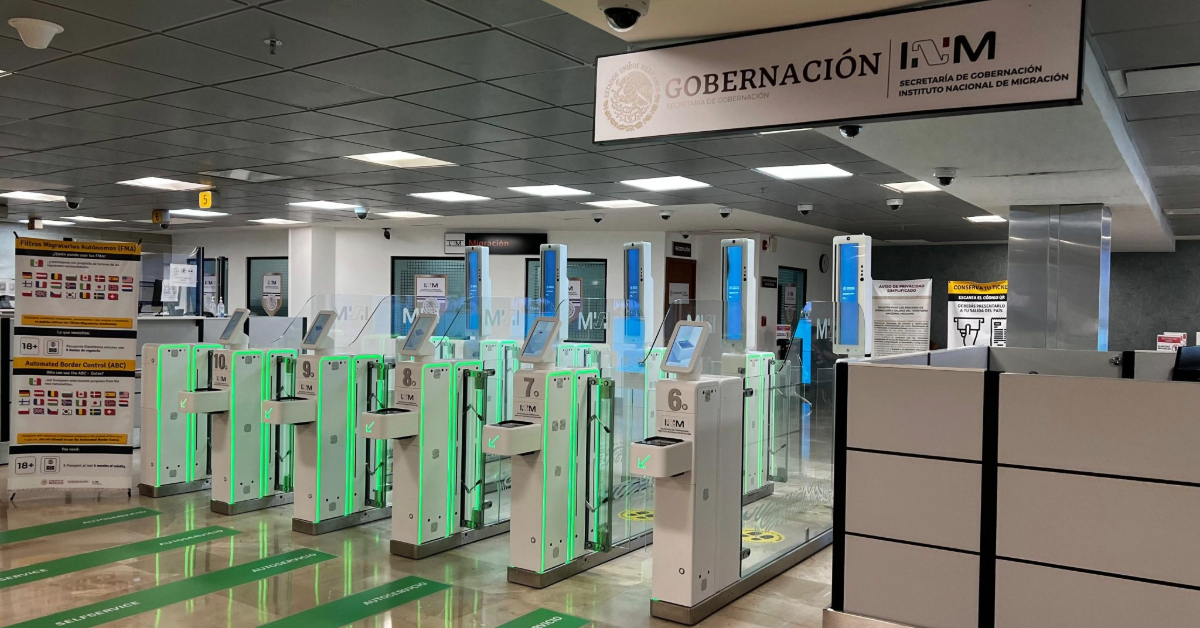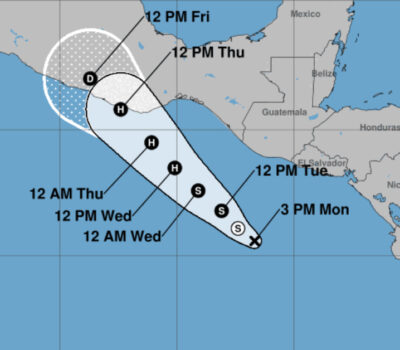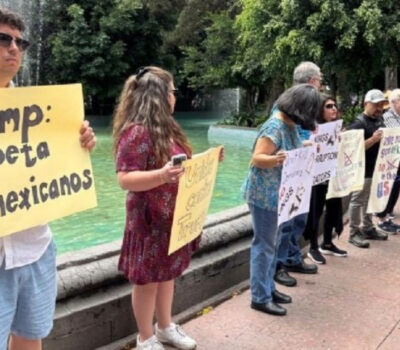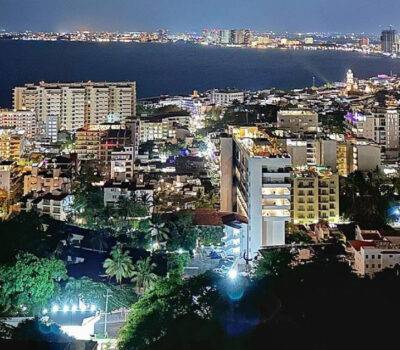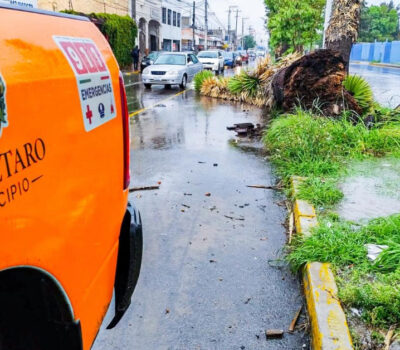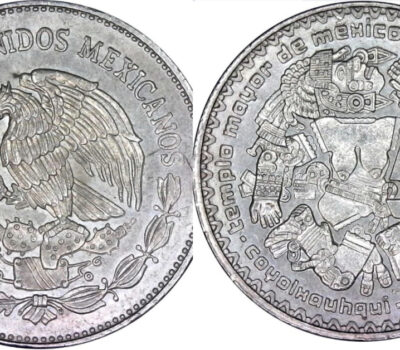Puerto Vallarta International Airport has introduced 10 digital entry modules, allowing travelers to complete their immigration process in just 35 seconds using facial recognition and passport scanning technology. This modernization aims to reduce wait times and enhance the travel experience for both national and international visitors. Learn more about how this cutting-edge system is transforming travel in one of Mexico’s top tourist destinations.
In a move designed to streamline the arrival process for international travelers, Puerto Vallarta International Airport has installed 10 state-of-the-art digital entry modules, known as Autonomous Migration Filters (FMA). These new systems allow passengers to complete their immigration process quickly and securely by utilizing facial recognition technology and electronic passport readers.
This modernization aims to significantly reduce wait times for both Mexican nationals and foreign tourists entering Mexico. With the FMA system, travelers place their passport into a digital reader and have their photograph taken for facial verification. The entire process takes approximately 35 seconds, making it one of the most efficient immigration procedures in the country.
Reducing Waiting Times for Visitors
Puerto Vallarta International Airport, a key entry point for millions of international tourists every year, has long been challenged with managing long wait times during peak seasons. The implementation of these digital entry modules is a response to the growing demand for faster, more efficient immigration control, particularly as Puerto Vallarta continues to grow as a top tourist destination.
“The introduction of the Autonomous Migration Filters is part of a broader effort to modernize Mexico’s immigration systems, ensuring that we can welcome tourists in a fast, safe, and efficient manner,” said an official from the National Migration Institute (INM), the agency responsible for immigration control in Mexico.
The system is not only beneficial for tourists but also for national travelers returning to Mexico, as it offers a streamlined and user-friendly experience at the airport. This is especially significant for Puerto Vallarta, where tourism is a major economic driver and the airport serves as a critical hub for international visitors.
How the Autonomous Migration Filters Work
The FMA system is designed to capture passengers’ personal data, including their photograph, name, nationality, date of birth, and passport details. Using advanced facial recognition technology, the system cross-references this information to ensure the individual’s identity is accurately verified, reducing the need for manual inspection by immigration officers.
While the process is fast and simple, there are certain requirements for travelers to use the system. Passengers must:
- Possess an electronic passport with a validity of more than 180 days
- Be of legal age (18 years or older)
- Enter Mexico as a tourist
- Not be traveling with minors
- Be a national of certain countries, which are specified by the Mexican government
A Win for Puerto Vallarta Tourism
This modernization aligns with Puerto Vallarta’s broader efforts to improve the overall visitor experience, making it easier for tourists to enter and enjoy the city without the frustration of long immigration lines. As Puerto Vallarta continues to attract more tourists, particularly from North America, the introduction of these technologies plays a crucial role in sustaining its growth as a global tourist destination.
Local tourism authorities have praised the move, noting that the quicker immigration process will allow tourists to begin their vacations sooner, potentially increasing the likelihood that they will spend more time and money enjoying the city’s offerings. From the scenic Malecón to the vibrant art scene and renowned beaches, Puerto Vallarta relies heavily on tourism dollars, making any improvements in traveler experiences a welcome development.
Puerto Vallarta’s international airport is already one of the busiest in Mexico, catering to millions of visitors annually, particularly from the United States and Canada. The Autonomous Migration Filters are expected to further enhance the city’s appeal to these markets, providing them with a more efficient and pleasant arrival experience.
National Impact of Autonomous Migration Filters
The rollout of the FMA system in Puerto Vallarta is part of a broader initiative by the Mexican government to modernize immigration control at major international airports across the country. Similar systems have been introduced at airports in Mexico City, Cancún, and Los Cabos, among others.
The National Migration Institute has emphasized that these technological advancements not only reduce wait times but also improve national security. By automating the immigration process, officials can allocate more resources to areas requiring human intervention, such as identifying potential risks and ensuring the safety of travelers.
Continued Efforts to Enhance Travel Experience
The introduction of Autonomous Migration Filters is just one aspect of Puerto Vallarta International Airport’s ongoing efforts to enhance its services. The airport has also expanded its facilities, increased flight options, and implemented other passenger-friendly features to improve the overall travel experience.
In recent years, Puerto Vallarta has seen an increase in tourism, particularly from American and Canadian expatriates looking to explore or settle in Mexico. The ease of access provided by the airport, coupled with the city’s welcoming atmosphere, has made it an attractive destination for both short-term visitors and long-term residents.
As the world adapts to new travel technologies, Puerto Vallarta continues to lead by example, ensuring that its infrastructure remains modern, efficient, and capable of handling increasing tourist demand. The successful integration of the FMA system is a testament to the city’s commitment to providing world-class service to its visitors.
Puerto Vallarta International Airport has introduced 10 digital entry modules, allowing travelers to complete their immigration process in just 35 seconds using facial recognition and passport scanning technology. This modernization aims to reduce wait times and enhance the travel experience for both national and international visitors. Learn more about how this cutting-edge system is transforming travel in one of Mexico's top tourist destinations.

